Inventions
The first patents from alternating currents. The original founders disagreed with Tesla about his plans to introduce AC motors, and in the end, he was left without a financier and company. Tesla then worked in New York as an ordinary worker from 1886 to 1887 to make a living and raise money for his new venture. He managed to construct the first brushless AC electric motor in 1887 and demonstrated it in front of the American Institute of Electrical Engineers (now IEEE) in 1888. In the same year, he developed the principles of his Tesla coil and began working with George Westinghouse in the laboratories of his Westinghouse Electric & Manufacturing Company. Westinghouse listened to him about his ideas about multiphase systems that would enable the transmission of alternating current over long distances.
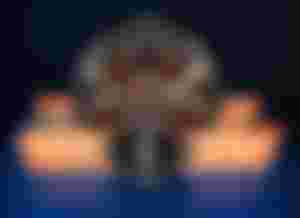

Tesla's system of alternating current production and long-distance transmission
X-ray experiments
In April 1887, Tesla began research into what would later be called X-rays using a single-tube vacuum tube (similar to his patent 514170). This device is different from other early X-ray tubes because it did not have a target electrode. The modern term for the phenomenon that is the reason for this effect of the device is "penetrating radiation". By 1892, Tesla was already familiar with the work of Wilhelm Roentgen and his discovery of the effects of X-rays.
Tesla did not acknowledge the dangers of working with X-rays, attributing the damage to the skin to ozone before, to hitherto unknown radiation: but only from ozone created in contact with the skin. Nitric acid could also be responsible but to a lesser extent. " (Tesla, Electrical Review, November 30, 1895.) This is a misjudgment as far as X-ray cathode ray tubes are concerned. Tesla later noticed burns in the assistant that originated from X-rays and therefore performed experiments. He photographed his hand and sent the photo to X-ray, but he did not publicly publish his work and findings. This part of the research failed in a fire in the laboratory on Houston Street in 1895.
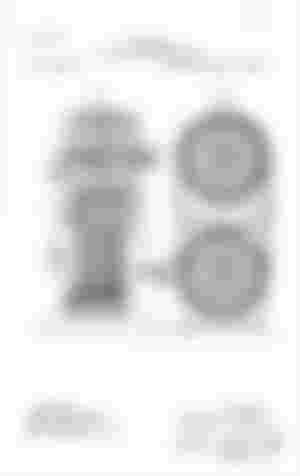
Discovery of radio and wireless transmission
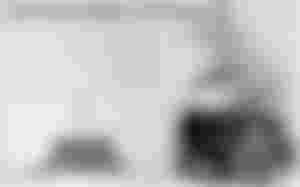
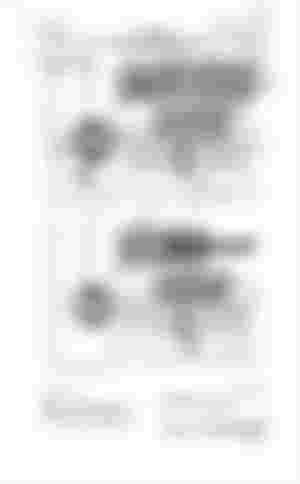
Golden years of creativity
From 1893 to 1895, Tesla investigated high-frequency alternating currents. He was able to produce AC volts of a million volts using a Tesla coil and studied the surface effect of high frequencies in conductive materials, synchronizing electrical circuits and resonators, a dilute gas lamp that glows without wires, wireless transmission of electricity, and the first transmission of radio waves. . In St. Louis in 1893, in front of 6,000 spectators, Tesla presented in an attractive way many experiments, including a transmission similar to radio communication. Addressing the Franklin Institute in Philadelphia and the National Electric Lighting Association, he described and demonstrated his principles in detail. Tesla's demonstrations are attracting a lot of attention and are being closely monitored.
The World's Fair in 1893 in Chicago, the World's Columbus Exhibition, was an international exhibition at which, for the first time, the entire salon was set aside only for electrical achievements. It was a historic event because Tesla and Westinghouse presented their alternating current system to visitors, illuminating the entire exhibition. Tesla's fluorescent bulbs and single-bulb bulbs are shown. Tesla explained the principle of a rotating magnetic field and an induction motor, causing admiration when demonstrating the rotation of a copper egg and placing it on top, which is presented as a Columbus egg. This was used to explain and present a model of a rotating magnetic field and an inductive motor.
In February 1894, the first book about Tesla appeared, "Discoveries, Research and Written Works of Nikola Tesla". The book was soon translated into Serbian and German.
A major blow to the research occurred on March 13, 1895, when a large fire broke out in the laboratory at 35 South Fifth Avenue, which burned about 400 electric motors, electric and mechanical oscillators, transformers, many original constructions, and the manuscript of the almost completed book "Story about the 1001 induction motor. ”However, it was a time of extraordinary Tesla creativity and toughness. Already on March 15, he founded a company called "Nikola Tesla" and continues to work.
In the late 1880s, Tesla and Thomas Edison became adversaries, on the occasion of Edison's launch of a direct current electricity distribution system despite the existence of a more efficient, Tesla's, alternating current system. As a result of the electricity war, Thomas Edison and George Westinghouse almost went bankrupt, so in 1897 Tesla tore up the contract and released Westinghouse from the obligation to pay for the use of patents. In 1897, Tesla conducted tests that led to the laying of the foundations for research in the field of cosmic radiation.
Colorado Springs

In 1899, Tesla decided to move and continue his research in Colorado Springs, where he had enough space for his experiments with high voltages and high frequencies. Upon his arrival, he told reporters that he intended to conduct a wireless telegraphy experiment between Pikes Peak (the top of the Rocky Mountains in Colorado) and Paris. Tesla's experiments soon became the subject of urban legends. In his diary, he described experiments concerning the ionosphere and terrestrial waves caused by transversal or longitudinal waves.
In his laboratory, Tesla proved that the Earth is a conductor and by producing discharges of several million volts, it produced artificial lightning tens of meters long. Tesla also studied atmospheric electricity, observing discharges from his receivers. Reproducing its receivers and resonant circuits many years later saw an unpredictable level of complexity (distributed helical resonator of high suppression factor, radio frequency feedback circuit, circuits with gross heterodyne effects, and regenerative techniques). He even claimed to have measured the existence of standing waves on the Earth.
At one point, he determined that he had recorded radio signals of extraterrestrial origin in his laboratory. The scientific community rejected his publication and his data. He claimed that he was measuring certain repetitive signals to his receivers, which were essentially different from the signals he noticed as a result of storms and earth noise. He later detailed that the signals came in groups of one, two, three, and four clicks together. Tesla later spent part of his life trying to send a signal to Mars.
Tesla left Colorado Springs on January 7, 1900, and the laboratory collapsed and sold off to pay off the debt. However, experiments in Colorado Springs prepared Tesla for the next project, the construction of a wireless power transmission plant. At that time, he applied for a patent in the field of resonant electric oscillator circuits.

Since 1943, Tesla has been considered the inventor of the radio, which was proposed in a patent filed with the U.S. Patent Bureau on March 20, 1900. Prior to that, the priority in this invention was given to Marconi, who had more business spirit.
He invented an electric asynchronous motor with a polyphase alternator, with three star-shaped phases, and with a commutator. Nikola Tesla used ionized gases for the transformation of electricity on the principles of Volta, Hertz, and Faraday, and according to the laws of induction.
He was the main promoter of the technique of transmitting electricity by alternating current.
In 1889, he became interested in high frequencies and realized a generator with a frequency of 15 kilohertz.
Beginning in 1896, he experimented with remote control. He developed Tesla's coil, on the principle of the Hertz oscillator, which was the first projected wave transmitter. He thus laid the foundations of teleautomatics. He had the idea that one-day wireless telegraphy would operate unmanned vehicles hundreds of miles away. He made two floating objects that were controlled by telecommands, one of which could dive. His patents from 1895 are in fact the specifications of an unmanned torpedo boat, which would carry six torpedoes 4.20 meters long.
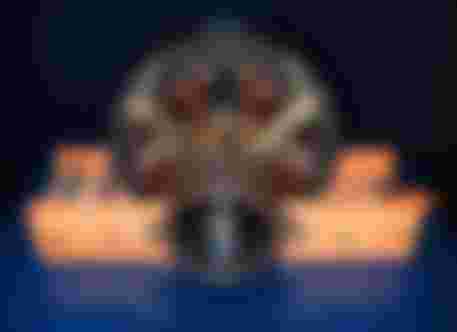

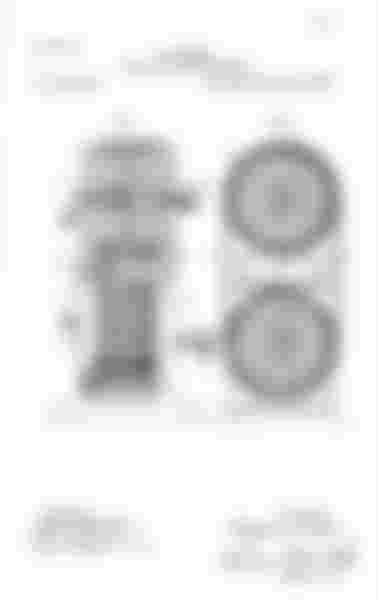
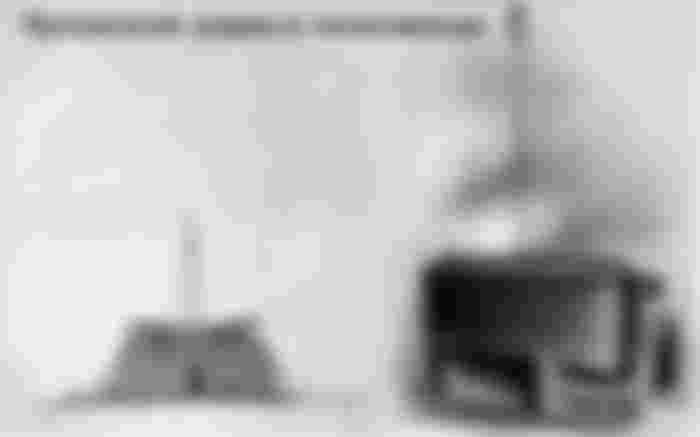
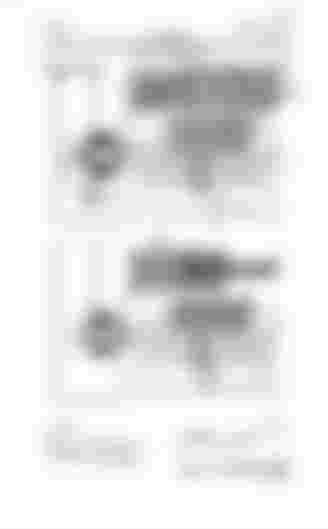


The only unique Nikola Tesla.